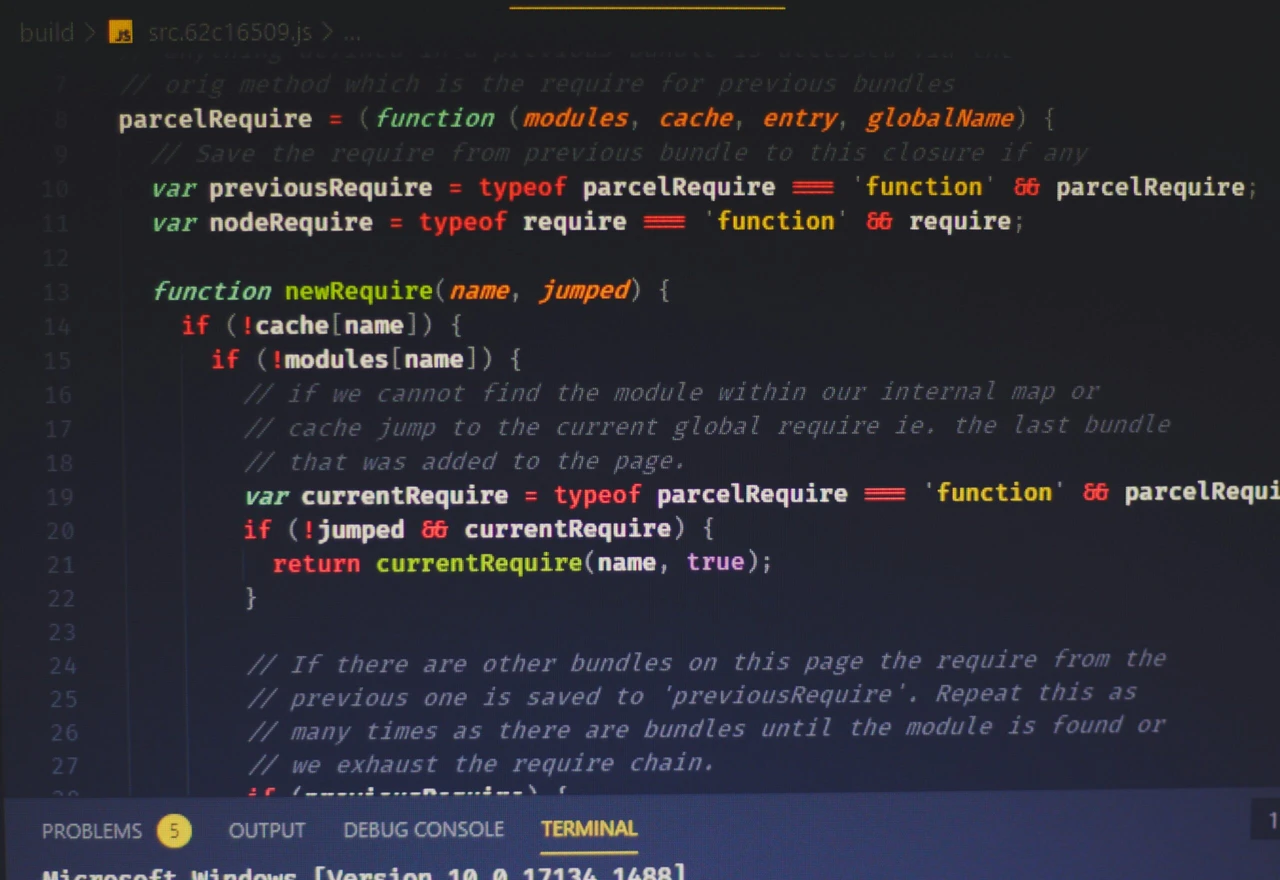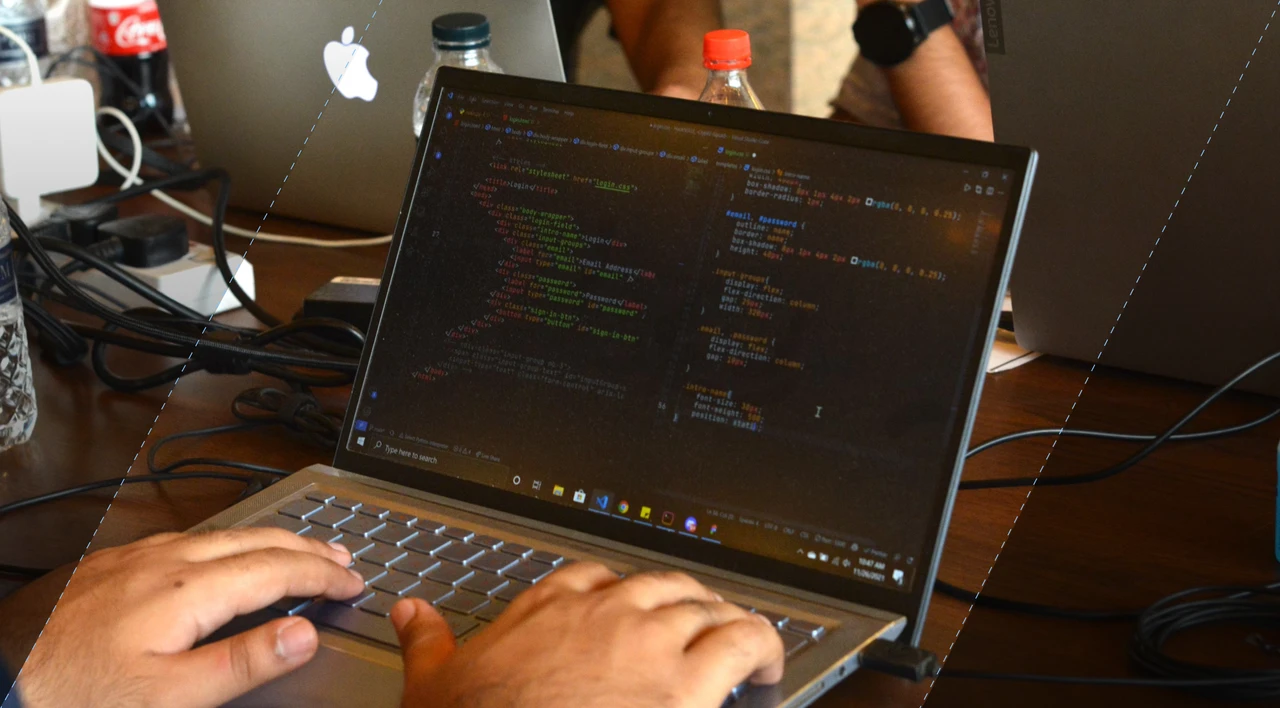SHARE
Multithreading vs Multiprocessing Explained

Contents
Contents
The concepts of multithreading and multiprocessing are fundamental to understanding how computers manage tasks and execute processes. Both strategies are employed to enhance the performance of a computer by allowing it to perform multiple tasks or processes simultaneously. However, despite their similar objectives, multithreading and multiprocessing approach task management in fundamentally different ways. This article aims to demystify these concepts, exploring their definitions, advantages, use cases, and key differences.
Key Takeaways:
- Concurrency enhances application efficiency by allowing simultaneous task or process management.
- Multithreading improves CPU use and application performance by dividing a process into several threads, whereas multiprocessing boosts computational power by running processes on multiple CPUs.
- The choice between multithreading and multiprocessing depends on the task requirements and hardware capabilities, with multithreading ideal for shared data tasks and multiprocessing for compute-intensive tasks.
- Both approaches require careful management to overcome challenges like synchronization issues and resource management for optimized performance.
Understanding Concurrency in Computing
Concurrency in computing is the ability of a system to manage multiple tasks or processes simultaneously. The concept of concurrency is crucial in the development of efficient, responsive, and scalable applications. It allows for the parallel execution of tasks, which can significantly speed up processing times for complex operations or enable the simultaneous handling of multiple user requests. This is particularly important in server-side applications, web services, and interactive applications where responsiveness and speed are critical for user satisfaction. Achieving concurrency in software development can be accomplished through various techniques, with multithreading and multiprocessing being two of the most common approaches.
Overview of Multithreading and Multiprocessing
Multithreading and multiprocessing are two techniques that achieve concurrency through parallelism. Multithreading involves dividing a single process into smaller, more manageable threads that can be executed simultaneously. Multiprocessing, on the other hand, refers to the use of two or more CPUs within a single computer system to execute one or more processes concurrently. While both techniques aim to speed up computing tasks by running operations in parallel, they differ significantly in their approach and implementation.
What is Multithreading?
Definition and Key Concepts
Multithreading is a programming and execution model that allows a single process to have multiple threads of execution running concurrently. Each thread represents a separate path of execution within the process, sharing the process’s resources, such as memory and file handles, but operating independently. This model enables efficient utilization of CPU resources by allowing threads to execute in the idle time of other threads.
Benefits of Multithreading
- Improved concurrency: Multithreading allows for concurrent execution of tasks, reducing overall execution time.
- Efficient resource utilization: By running tasks concurrently, multithreading maximizes the utilization of system resources.
- Enhanced responsiveness: With multithreading, your software can remain responsive even while performing computationally intensive or IO-bound operations.
The primary advantage of multithreading is its ability to improve the responsiveness and performance of software applications. By executing multiple threads simultaneously, applications can handle multiple tasks at once, such as user input, file I/O, and computational operations, without one task blocking the others. This leads to a smoother user experience and better utilization of the CPU.
Common Use Cases of Multithreading
When it comes to achieving concurrency and executing tasks concurrently, multithreading is a powerful tool in custom enterprise software development. Multithreading is particularly useful for IO-bound tasks, where multiple threads can run concurrently and improve overall performance.
Tasks such as reading files from a network or database are well-suited for multithreading. By allowing multiple threads to execute concurrently, the time it takes to complete these tasks can be significantly reduced. This enables efficient utilization of system resources and enhances the overall performance of your software.
In software development, it is important to have a good understanding of concurrent programming and general coding knowledge when using multithreading. This will enable you to effectively design and implement concurrent execution of multiple tasks within a single process.
What is Multiprocessing?
Definition and Key Concepts
Multiprocessing refers to the use of two or more CPUs or processors within a single computer system to execute one or more processes concurrently. Unlike multithreading, where threads share the same memory space, each process in a multiprocessing system operates in its own memory space, independent of other processes. This separation ensures that processes do not interfere with each other, enhancing reliability and security.
Benefits of Multiprocessing
The main advantage of multiprocessing is its capacity to increase computational power and reliability. By distributing tasks across multiple processors, multiprocessing systems can handle more computations in less time than single-processor systems. Additionally, since processes do not share memory, a failure in one process does not affect the execution of others, improving the system’s overall stability.
Common Use Cases of Multiprocessing
If you are working on CPU-bound tasks that require intensive computation, multiprocessing is the way to go. This includes tasks such as running computationally heavy algorithms or performing complex mathematical computations. With multiprocessing, you can take full advantage of the multiple CPU cores available, allowing tasks to be executed in parallel. This can significantly improve the overall performance and speed up your computations.
In addition to utilizing multiple cores, each process in multiprocessing has its own memory space. This means that each task is isolated and has its dedicated memory resources, reducing the risk of memory conflicts and improving stability. With more memory space available, you can tackle larger datasets and more complex problems without worrying about memory limitations.
Multiprocessing is an ideal choice when you have multiple tasks that need to be executed concurrently. By efficiently utilizing the available resources, you can achieve higher efficiency and faster completion times. Whether you are working on data processing, scientific calculations, or any other compute-intensive task, multiprocessing can provide the performance boost you need.
Key Differences Between Multithreading and Multiprocessing
Process vs. Thread
The fundamental difference between multithreading and multiprocessing lies in the concepts of processes and threads. A process is an independent program in execution with its own memory space, while a thread is a subdivision of a process that shares its memory space with other threads within the same process. Multiprocessing leverages multiple processes running on one or more CPUs, each process operating in its own memory space, thus enhancing stability and parallelism. Multithreading, however, utilizes multiple threads within a single process, sharing the same memory space, which allows for efficient communication and data sharing among threads but requires careful management to avoid conflicts.
Resource Allocation and Management
In multithreading, threads share the same memory and resources of their parent process, making resource allocation and management more efficient but also raising potential issues with data consistency and synchronization. Multiprocessing, with each process having its own memory space, avoids these issues but at the cost of higher memory usage and the overhead of inter-process communication (IPC) mechanisms for data sharing.
Performance and Efficiency
Multithreading can significantly improve the performance of applications by allowing parallel execution of tasks within the same process, reducing the overhead associated with process creation and context switching. However, it is most effective on multi-core processors where threads can be executed truly in parallel. Multiprocessing, on the other hand, excels in scenarios requiring high computational power across multiple processors, effectively leveraging the capabilities of multi-processor systems to handle heavy workloads.
Suitability for Different Tasks
Multithreading is particularly suited for tasks that require frequent communication and data sharing among threads, such as real-time applications and GUIs. Multiprocessing is more appropriate for independent, compute-intensive tasks that can be distributed across multiple processors without the need for frequent interaction, such as batch processing jobs and scientific computations.
Choosing Between Multithreading and Multiprocessing
- Application Performance Needs: Evaluate whether the application benefits more from the concurrent execution of shared memory tasks (favoring multithreading) or from the robust parallel processing of independent tasks (leaning towards multiprocessing).
- Reliability and Fault Tolerance: Consider multiprocessing for applications where process isolation can prevent a fault in one process from affecting others, thereby enhancing overall reliability. Multithreading might introduce risk in shared resource environments but can be managed with careful synchronization.
- Data Sharing Complexity: Multithreading is advantageous for tasks that require frequent access to shared data due to its shared memory space, which facilitates easier data sharing among threads. Conversely, multiprocessing may involve more complex inter-process communication mechanisms but offers cleaner data separation.
- Hardware Capabilities: The choice may also be influenced by the system’s hardware, particularly the number of CPU cores and processors. Systems with multiple cores or processors might better leverage multiprocessing to maximize parallel task execution, while multithreading can be more efficient on systems with fewer cores.
Challenges and Considerations
Synchronization and Deadlock Issues
With multithreading, managing access to shared resources is critical to prevent race conditions and deadlocks. Developers must implement synchronization mechanisms, such as mutexes and semaphores, carefully to avoid these issues, which can complicate the development and debugging process.
Debugging and Maintenance Challenges
Both multithreading and multiprocessing introduce complexity into application development, making debugging and maintenance more challenging. Identifying issues in a concurrent environment requires a thorough understanding of parallel execution and the potential interactions between threads or processes.
Multithreading in Python Examples
Python continues to be a favorite among 49.28% of surveyed developers for its simplicity and versatility. Python supports multithreading, allowing developers to create applications that can manage multiple threads concurrently. This capability is particularly useful for I/O-bound tasks where the application needs to wait for external events (such as network responses or file I/O operations), improving the overall efficiency and responsiveness of the application.
A critical aspect to understand when working with multithreading in Python is the Global Interpreter Lock (GIL). The GIL is a mutex that protects access to Python objects, preventing multiple threads from executing Python bytecodes simultaneously. While the GIL simplifies memory management and ensures thread safety, it can also limit the performance benefits of multithreading in CPU-bound tasks, as only one thread can execute Python code at a time.
Multithreading in Python is most effective for I/O-bound and high-latency tasks, where the program spends a significant amount of time waiting for external events. Examples include applications that require concurrent network requests, file input/output operations, or user interaction. For CPU-bound tasks, multiprocessing is often a better choice in Python due to the GIL.
Conclusion
Multithreading and multiprocessing are powerful techniques for achieving concurrency in computing, each with its own set of advantages, use cases, and challenges. The choice between multithreading and multiprocessing depends on the specific requirements of the application, the tasks to be performed, and the underlying hardware. Understanding the differences between multithreading and multiprocessing is crucial for developers looking to optimize the performance and reliability of their applications. By carefully considering the factors discussed and being mindful of the associated challenges, developers can make informed decisions on the best approach to concurrency for their projects.
Frequently Asked Questions
What is the difference between multithreading and multiprocessing?
Multithreading involves multiple threads within a process running concurrently, sharing the same address space, while multiprocessing utilizes multiple processes to run tasks simultaneously on different cores or processors.
When is it recommended to use multithreading over multiprocessing?
Multithreading is recommended for situations where tasks can run independently and can benefit from sharing resources within the same process, such as in applications that require frequent communication and data sharing.
How does multithreading enhance performance in software development?
Multithreading enables a program to execute multiple tasks concurrently, breaking down computational work into smaller parts that can be run simultaneously, thereby improving overall performance and efficiency.
Can you explain the drawbacks of multithreading?
Drawbacks of multithreading include complexities in managing shared data, synchronization issues, potential race conditions, and increased risk of deadlocks, which can impact the stability of the application.
How is multiprocessing implemented in Python?
Python offers the multiprocessing module, which allows developers to create and manage multiple processes to execute tasks in parallel, leveraging the capabilities of multi-core processors for improved performance.
What is the role of Kay Jan Wong in the context of multithreading and multiprocessing?
Kay Jan Wong is a software developer who has written extensively on multithreading and multiprocessing, providing insights and recommendations on how to effectively use each method to achieve optimal parallelism in coding practices.
What are the key differences between multithreading and multiprocessing for data science applications?
In data science, multithreading is suitable for tasks that can be parallelized within a single core, while multiprocessing is advantageous for running computations on multiple cores efficiently, enabling data scientists to handle larger datasets and complex computations effectively.
Custom Software Development Services
Flatirons Development offers custom development services tailored for your unique business needs.
Get the CEO's Take
Handpicked tech insights and trends from our CEO.
Custom Software Development Services
Flatirons Development offers custom development services tailored for your unique business needs.
Get the CEO's Take
Handpicked tech insights and trends from our CEO.

Digital Product Development: Enhance Your Business Offerings
Flatirons
Sep 12, 2025
React SEO: Optimize Your React Apps for Search Engines
Flatirons
Sep 07, 2025
Will Software Engineers Be Replaced by AI?
Flatirons
Aug 31, 2025
Best Data Analytics Strategy for Business Growth
Flatirons
Aug 25, 2025
Ruby Case Statement: A Simplified Approach to Conditional Logic
Flatirons
Aug 19, 2025
Team Augmentation: Enhance Your Workforce Capabilities
Flatirons
Aug 13, 2025